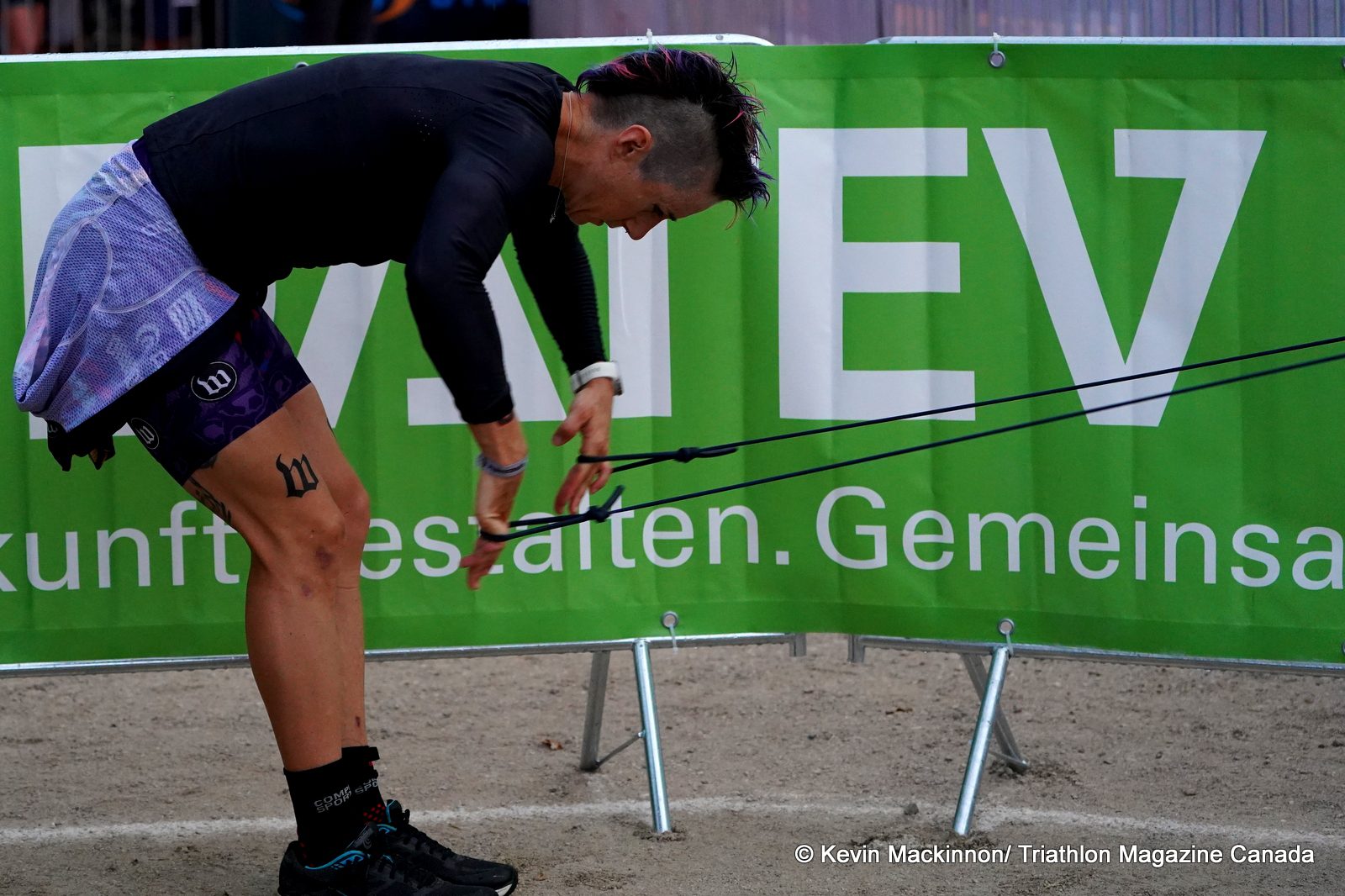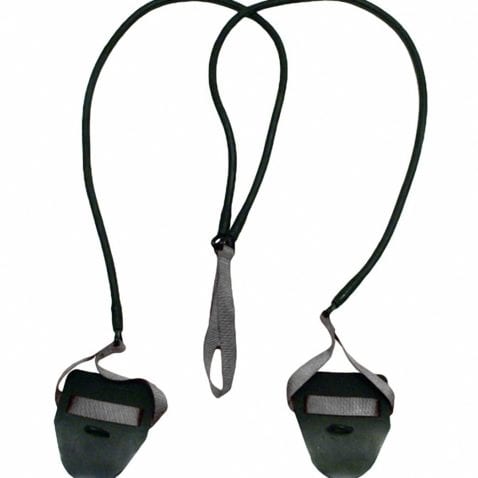Power Up Your Freestyle Pull with Resistance Bands
Generate more power in your pull by using resistance bands before your next swim.
 Photo by:
Kevin Mackinnon
Photo by:
Kevin Mackinnon
“I’ve giv’n her all she’s got captain, an’ I canna give her no more!”
You don’t need to be a Star Trek aficionado to recognize the quote. In countless episodes of the original series of Star Trek, Montgomery “Scotty” Scott, uttered this famous line. Captain Kirk wanted more power, and well, there was no more juice to give.
More power!
And so it can seem in the water, too. (With less spaceships and galaxy-ending crises, obviously). We throw our hands, hit that early vertical forearm, and try our darndest to pull ourselves through the water.
But pulling hardest doesn’t always mean we are pulling fastest. This is another in a long-line of paradoxes of high-performance in the water: The swimmer who swims the most relaxed goes fastest and brute strength doesn’t predict speed.
But one study with experienced swimmers and a few minutes with a pair of resistance bands found a simple way to be “giv’n her all she’s got!” before our next training session.

The importance of the pulling motion
The freestyle pulling motion is the main driver of propulsion in the water.
No big surprise there.
One study with national age group swimmers found that velocity at sprint speeds was 70 per cent (male) and 66 per cent (female) dependent on the pull. Other studies showed that kicking contributed even less at “regular” swimming speeds; just 10 to 15 per cent with the arm pull providing the rest of the go-go juice (Bartolomeu 2015, Bartolomeu 1999).
Related: Maintain your swim fitness with dryland training
The importance of the pull is reflected by the nearly endless number of pull sets we do in the water.
Pull buoy and paddles. Pull buoy and band. Pull buoy and parachute. Pull, pull, and more pull.
All so that we can condition and strengthen our pull and, by extension, our swimming.
One way to inject more power from your pull starts with some resistance bands and a couple minutes of post-activation potentiation before you hop in the water.

Lace up the bands
For a lot of triathletes and swimmers, using resistance bands (or StretchCordz as they are commonly known) to improve strength in the water is common. (Especially during the days of Covid with limited pool space.)
Researchers decided to see if resistance bands could produce post-activation potentiation—a short term improvement in performance via the use of a conditioning exercise—with swimmers, and more specifically, the pulling motion.
They took a group of twelve competitive swimmers and had them perform 2 x 5 free pulls with resistance bands. Eight minutes later, the swimmers jumped into the water and sprinted a 25-m freestyle pull.
How did they do?
There was a significant improvement in how much power the swimmers were able to produce in the pull (13 to 19 per cent) and a slight increase in speed (just under 3 per cent improvement).
The findings were in line with another study that showed that a similar strategy of post-activation potentiation using counter-movement jumps worked to improve flutter kick speed with experienced swimmers.
Takeaway
Properly warming up before swimming, running or jumping on the bike is something that has been ingrained in us since the beginning of our sporting and athletic careers.
Consider adding two quick sets of 5 reps using resistance bands to improve and prime pulling power before your next swim workout or race and “give’r all she’s got!”
Olivier Leroy is a former national level swimmer turned swim coach who works one-on-one with swimmers and triathletes. He is based out of Vancouver Island and you can find him on the interwebs at YourSwimLog.com
